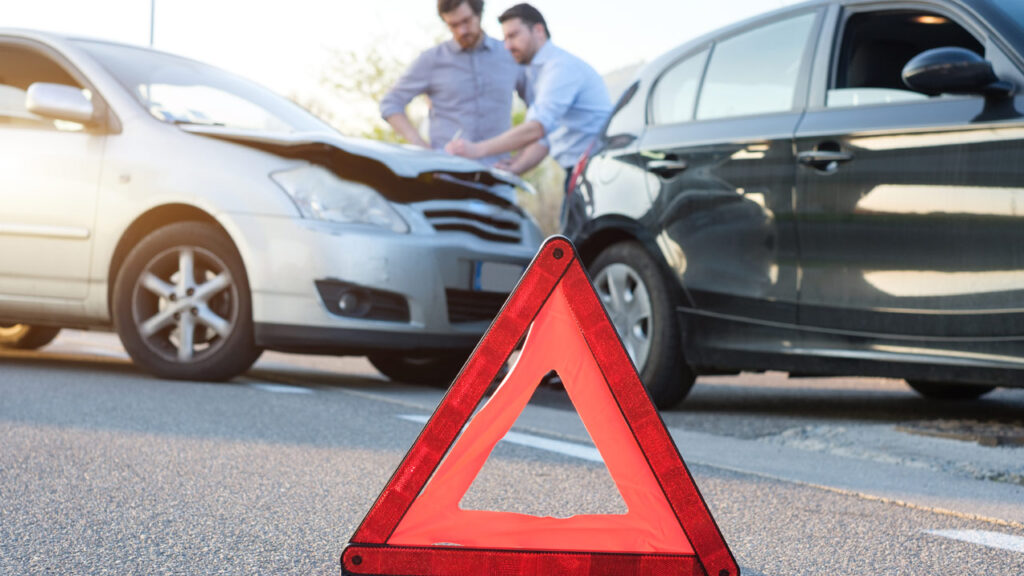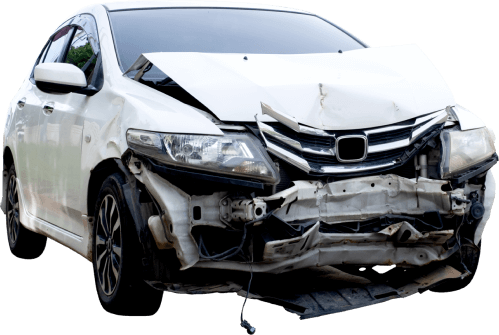In the tumultuous moments following a car crash, chaos often reigns supreme. Amidst the adrenaline surge and potential injuries, having a structured checklist at your disposal can be a game-changer, ensuring that critical steps are not overlooked. Whether you’re a seasoned driver or a novice behind the wheel, mastering this checklist can make all the difference in navigating the aftermath of a collision.
Safety First, Always:
The immediate aftermath of a car crash can be disorienting and dangerous. The paramount consideration is the safety of everyone involved. Ensure that you and your passengers are out of harm’s way. If possible, move to the side of the road or a safe area away from traffic. Turn on hazard lights to alert other drivers to the situation.
Assess Injuries and Call for Help:
Once safety is ensured, assess injuries among all parties involved. If anyone is injured or complains of pain, immediately call emergency services. Provide clear and concise information about the location of the accident and the number of individuals requiring assistance. Remember, prompt medical attention can be crucial, even for seemingly minor injuries.
Document the Scene of the car crash:
With smartphones readily available, documenting the scene has never been easier. Take photographs of the vehicles involved, their positions, and any visible damage. Capture images of license plates and the surrounding area, including road signs and traffic signals. This documentation can prove invaluable when dealing with insurance claims or legal proceedings.

Exchange Information:
Exchange vital information with the other parties involved in the crash. Obtain names, addresses, phone numbers, driver’s license numbers, and insurance details. Be sure to provide your own information as well. Avoid discussing fault or liability at the scene; let insurance companies and legal professionals handle these matters.
Notify Authorities and Report the Incident:
Depending on the severity of the accident, you may be required to notify law enforcement. Even in minor collisions, filing a police report can provide an official record of the incident. Cooperate with responding officers, providing accurate information to the best of your ability. Obtain a copy of the police report for your records.
Seek Witness Accounts of the car crash:
Eyewitness testimony can be instrumental in determining fault and clarifying the sequence of events leading up to the crash. If there are witnesses present, gather their contact information and ask for a brief statement regarding what they saw. Their observations could corroborate your version of events and strengthen your case during insurance negotiations or legal proceedings.
In the aftermath of a car crash, emotions may run high, and clarity can be elusive. However, adhering to a comprehensive checklist can instill a sense of control and guide you through the necessary steps with precision. By prioritizing safety, documenting the scene, exchanging information, notifying authorities, and seeking witness accounts, you can navigate the aftermath of a collision with confidence and diligence.
Remember, if you find yourself overwhelmed or uncertain about the next steps, seeking professional assistance is always advisable. DVGoat stands ready to provide expert guidance and support, ensuring that your interests are represented and your rights protected throughout the resolution process. With their expertise and dedication, you can rest assured that your journey towards recovery and resolution will be handled with the utmost care and attention to detail.



